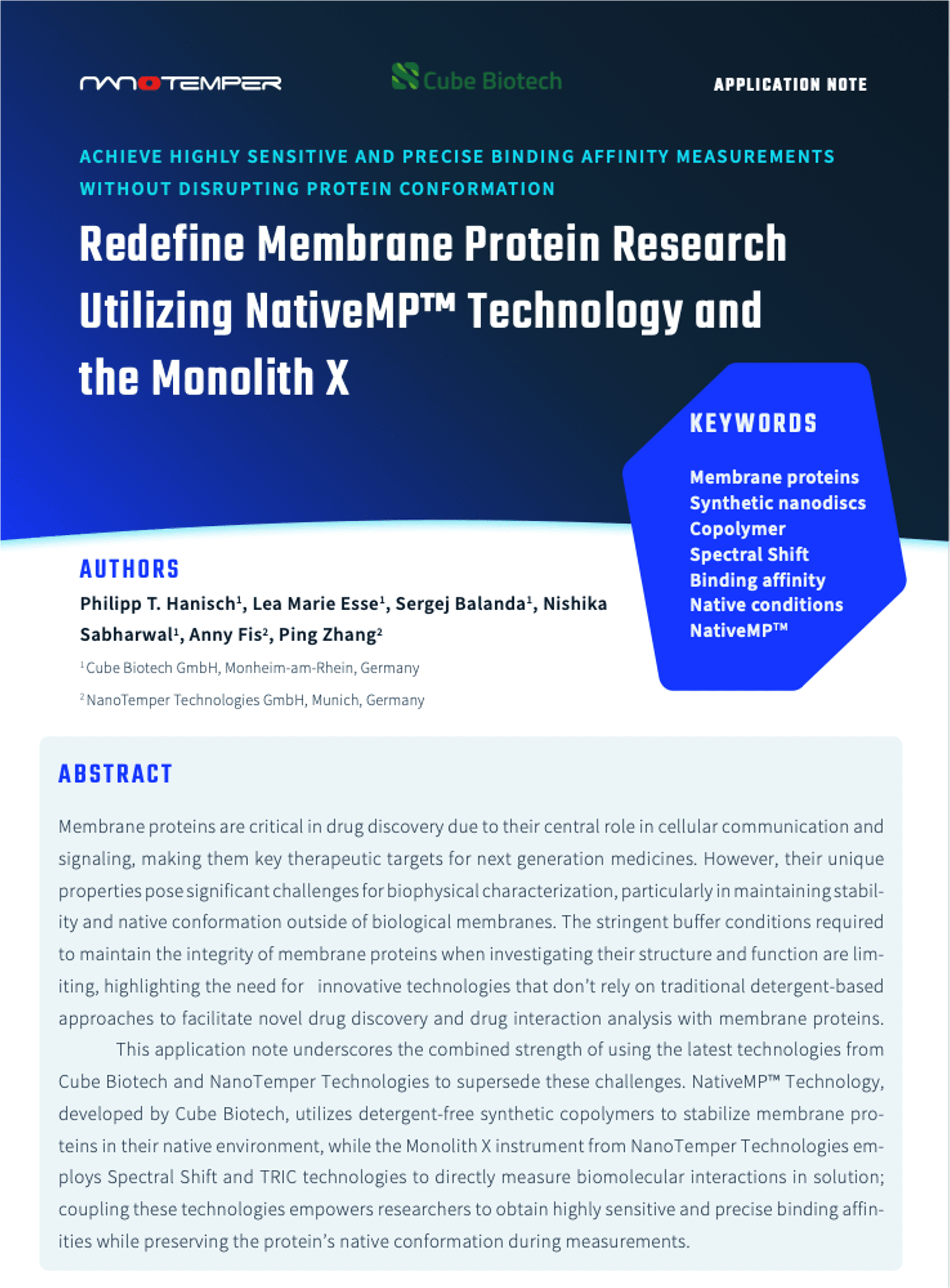
Over the past 70 years, X-ray crystallography has given researchers “eyes” to peek into the molecular components of life — proteins, nucleic acids, carbohydrates, and lipids — that were once invisible and obtain a precise record of their 3D structure. Today, X-ray crystallography is the leading technique for high-resolution structural biology and accounts for over 80% of the currently deposited structures in the Protein Data Bank (PDB).
However, it’s important to recognize that determining the 3D structure of molecules on its own is not enough to understand their mode of action. To find out what really happens at the molecular level, scientists need to determine the structures of large molecules bound to their ligands — a strategy that is a key tool for structure-guided drug design approaches in drug discovery.
How can binding affinity data complement ligand-bound crystallization experiments?
Persuading a molecule to go from solution to a crystallized form is a trial and error exercise and growing ligand-bound complex crystals for structure determination is even more challenging. One of the top reasons why growing ligand-bound complex crystals is challenging relates to affinity issues. Simply put, if a molecule and a ligand don’t have enough affinity for each other, they will likely not stay together as a co-crystal.
Since success greatly depends on affinity, it’s therefore crucial to determine this parameter prior — or in parallel — to crystallization trials. MST offers an easy way to measure the broadest range of affinities in minutes, allowing you to identify suitable ligands for your target and validate them by ranking affinities. Furthermore, the resulting MST affinity data will point towards the ligand concentration needed to achieve more ligand-bounded molecules.
MST is a valuable tool to prioritize and improve the success of X-ray experiments by categorizing ligands based on their ability to form ligand-bound structures. Its use can lead to the generation of quality co-crystals and consequently, high-quality structures.











